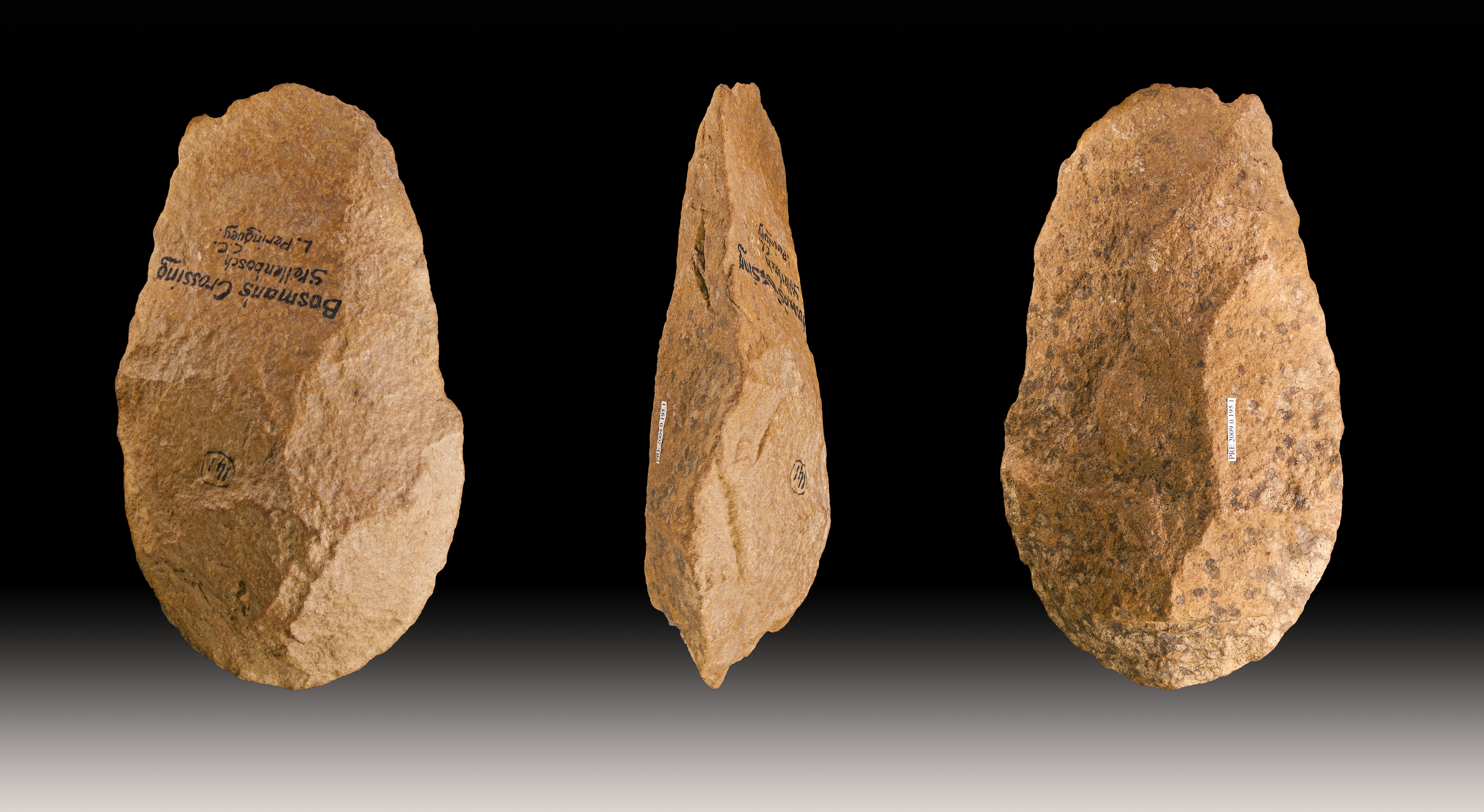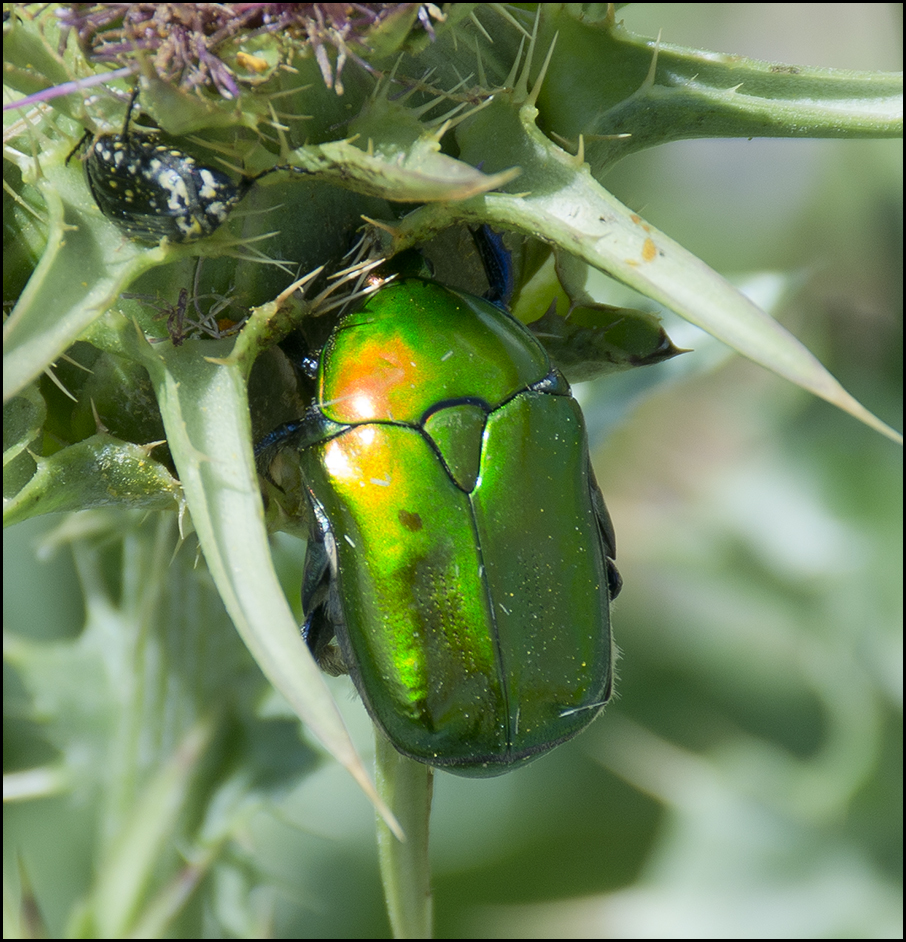|
Trichostetha Bicolor
''Trichostetha bicolor'' is an afrotropical species of flower scarab beetle endemic to South Africa, where it occurs in the Cape Floristic Region. It is sometimes synonymized with ''Trichostetha capensis ''Trichostetha capensis'', also known as the brunia beetle and the Cape Protea chafer is an afrotropical The Afrotropical realm is one of Earth's eight biogeographic realms. It includes Africa south of the Sahara Desert, the majority of the ...'', but in addition to morphological differences, ''T. bicolor'' is found further north and in different habitat types than the former species, with no intermediate forms or populations. References Endemic beetles of South Africa Cetoniinae Beetles described in 1907 {{Cetoniinae-stub ... [...More Info...] [...Related Items...] OR: [Wikipedia] [Google] [Baidu] |
Louis Péringuey
Louis Albert Péringuey MSc (9 October 1855, Bordeaux – 20 February 1924, Cape Town) was a South African entomologist who specialised in Coleoptera and prehistory. Péringuey was a collector for museums in Senegal, Gambia and Madagascar for three years, before emigrating in 1879 to Cape Town in Cape Colony, where he taught French at the South African College and the Diocesan College. He worked as a volunteer on Coleoptera at the South African Museum in 1882, and two years later became a member of the permanent staff. Shortly after he also took up an appointment as inspector-general of vineyards. At the age of 37 he married Bertha Marcellis. Three years later, in 1895, he was put in charge of the Invertebrate Collection, and in 1896 becoming assistant director of the Museum. When the post of Director fell vacant in 1906 following Sclater's resignation, the Board of Trustees had no hesitation in appointing Péringuey as director. In the same year he started delivering lectur ... [...More Info...] [...Related Items...] OR: [Wikipedia] [Google] [Baidu] |
Afrotropical
The Afrotropical realm is one of Earth's eight biogeographic realms. It includes Africa south of the Sahara Desert, the majority of the Arabian Peninsula, the island of Madagascar, southern Iran and extreme southwestern Pakistan, and the islands of the western Indian Ocean. It was formerly known as the Ethiopian Zone or Ethiopian Region. Major ecological regions Most of the Afrotropic, with the exception of Africa's southern tip, has a tropical climate. A broad belt of deserts, including the Atlantic and Sahara deserts of northern Africa and the Arabian Desert of the Arabian Peninsula, separate the Afrotropic from the Palearctic realm, which includes northern Africa and temperate Eurasia. Sahel and Sudan South of the Sahara, two belts of tropical grassland and savanna run east and west across the continent, from the Atlantic Ocean to the Ethiopian Highlands. Immediately south of the Sahara lies the Sahel belt, a transitional zone of semi-arid short grassland and vachellia sav ... [...More Info...] [...Related Items...] OR: [Wikipedia] [Google] [Baidu] |
Cetoniinae
Flower chafers are a group of scarab beetles, comprising the subfamily Cetoniinae. Many species are diurnal and visit flowers for pollen and nectar, or to browse on the petals. Some species also feed on fruit. The group is also called fruit and flower chafers, flower beetles and flower scarabs. There are around 4,000 species, many of them still undescribed. Twelve tribes are presently recognized: Cetoniini, Cremastocheilini, Diplognathini, Goliathini, Gymnetini, Phaedimini, Schizorhinini, Stenotarsiini, Taenioderini, Trichiini, Valgini, and Xiphoscelidini. The tribe Gymnetini is the biggest of the American tribes, and Goliathini contains the largest species, and is mainly found in the rainforest regions of Africa. Description Adult flower chafers are usually brightly coloured beetles, often metallic, and somewhat flattened in shape. The insertions of the antennae are visible from above, while the mandibles and labrum are hidden by the clypeus. The elytra lack a n ... [...More Info...] [...Related Items...] OR: [Wikipedia] [Google] [Baidu] |
Trichostetha Capensis
''Trichostetha capensis'', also known as the brunia beetle and the Cape Protea chafer is an afrotropical The Afrotropical realm is one of Earth's eight biogeographic realms. It includes Africa south of the Sahara Desert, the majority of the Arabian Peninsula, the island of Madagascar, southern Iran and extreme southwestern Pakistan, and the island ... species of flower scarab beetle endemic to South Africa, where it occurs in the Cape Floristic Region. References Endemic beetles of South Africa Cetoniinae Beetles described in 1758 Taxa named by Carl Linnaeus {{Cetoniinae-stub ... [...More Info...] [...Related Items...] OR: [Wikipedia] [Google] [Baidu] |
Endemic Beetles Of South Africa
Endemism is the state of a species being found in a single defined geographic location, such as an island, state, nation, country or other defined zone; organisms that are indigenous to a place are not endemic to it if they are also found elsewhere. For example, the Cape sugarbird is found exclusively in southwestern South Africa and is therefore said to be ''endemic'' to that particular part of the world. An endemic species can be also be referred to as an ''endemism'' or in scientific literature as an ''endemite''. For example ''Cytisus aeolicus'' is an endemite of the Italian flora. '' Adzharia renschi'' was once believed to be an endemite of the Caucasus, but it was later discovered to be a non-indigenous species from South America belonging to a different genus. The extreme opposite of an endemic species is one with a cosmopolitan distribution, having a global or widespread range. A rare alternative term for a species that is endemic is "precinctive", which applies to s ... [...More Info...] [...Related Items...] OR: [Wikipedia] [Google] [Baidu] |


.jpg)